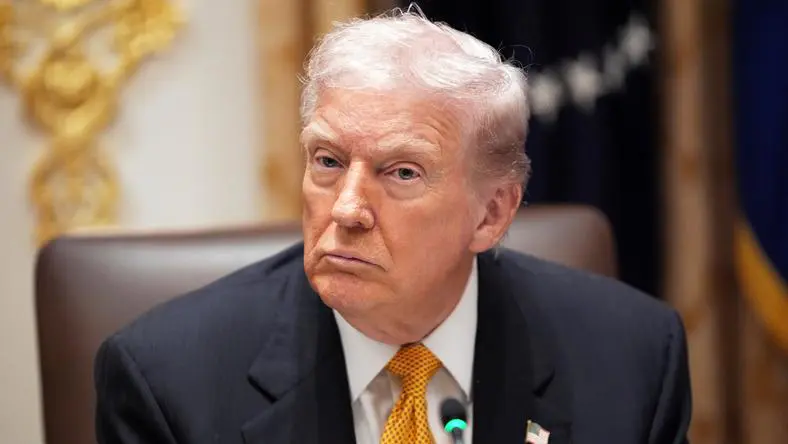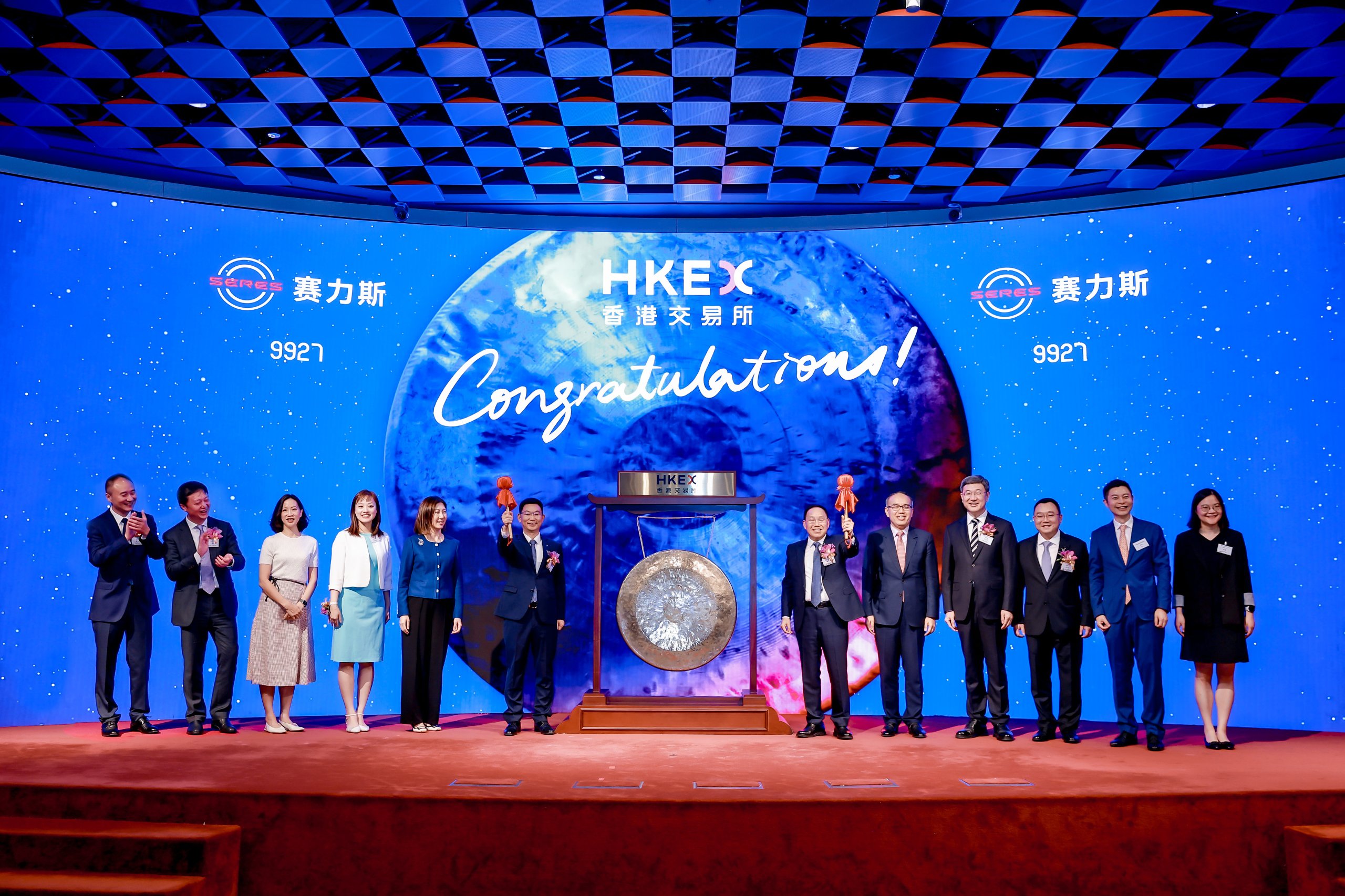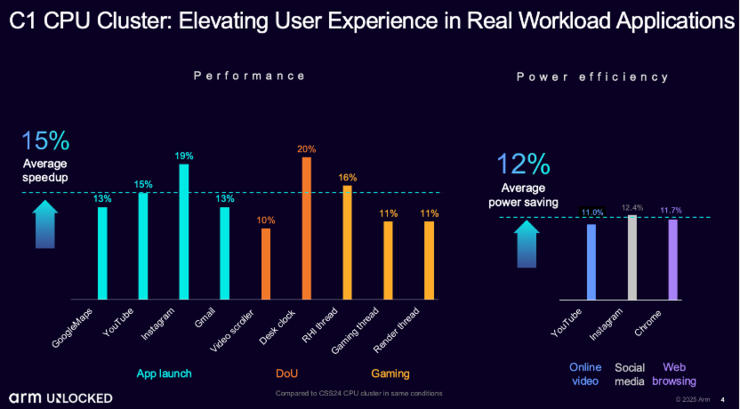A legal challenge to the key tariff powers of the Trump administration is raising expectations in the market that trade barriers may experience a significant, though perhaps temporary, reversal.
According to the Wind Chasing Trading Platform, Citigroup stated in its latest report that market expectations for the Trump administration’s victory in the International Emergency Economic Powers Act (IEEPA) tariff case have significantly cooled. The preliminary hearing of the Supreme Court has been unfavorable, leading to predictions in the market that the government’s winning rate has plummeted from about 40% to 27%.
Citigroup believes that if the court ultimately overturns the “equivalent tariffs” imposed based on IEEPA, it could trigger a trading frenzy, with short-term market reactions including lower inflation expectations, rising stock markets (especially small cap stocks), and strengthening of specific emerging market currencies (such as the Mexican peso and Brazilian real). However, investors need to remain vigilant as the government still has other legal avenues to reintroduce tariffs, which means any market boost brought about by tariff cancellations may be short-lived.
1、 Sudden change in court direction: The legal foundation of IEEPA tariffs is shaken
The Citigroup report pointed out that at the first hearing of the IEEPA tariff case held this week, the judges’ preliminary comments were deemed unfavorable to the government. This signal quickly reflected in the prediction market. Data shows that on the day of the hearing on November 5th, the market predicted that the government’s chances of winning the case had dropped from about 40% before the meeting to around 27% by the close. This indicates that the mainstream market view is leaning towards the Supreme Court overturning tariff policies based on IEEPA. The progress of this legal challenge is a key variable currently affecting market sentiment.
Despite setbacks in court, the Trump administration has not exhausted all tools. The Citigroup report emphasizes that even if IEEPA tariffs are ruled invalid, the government can still resort to other legal means to impose tariffs. Treasury Secretary Bessent, who attended the hearing, expressed optimism about the outcome but also revealed that the government is ready to use other legal authorizations.
These alternative solutions include:
Article 122: Allow for the imposition of a wide-ranging 15% tariff within 150 days.
Section 338 allows for the imposition of tariffs of up to 50% on countries that discriminate against American commerce.
The ‘licensing fees’ argument: repackaging tariffs as’ licensing fees’, although this idea was questioned by some judges during the hearing.
This means that even if the direct threat of IEEPA is lifted, the shadow of tariffs will not completely dissipate, but the form and implementation time may change.
2、 Short term winners and losers: beneficiaries of tariff ‘window of opportunity’
If IEEPA tariffs are overturned, who will benefit in the short term? Citi’s analysis is as follows:
Firstly, at the macro level, the actual effective tariff rate (ETR) of the United States will significantly decrease. The report estimates that the actual effective tariff rate in October has risen to 12.5%, while the estimated tariff rate after the full implementation of the agreement reached can reach 15.3%. Once IEEPA is rejected, this tax rate is expected to fall back to around 9%.
At the national level, the biggest short-term winners will be those economies that are highly dependent on US trade and most heavily affected by IEEPA tariffs. Citigroup’s analysis (taking into account benchmark tariff rates, taxable goods ratios, exports to the United States, and exports as a percentage of GDP) shows that:
The biggest winners: Vietnam and Mexico.
Equally beneficial: India, as the only major trading partner that has not reached an agreement with the United States, is expected to significantly reduce its tariffs from 50% (although currently they should be lowered to 25% due to Russian oil sanctions).
Least benefited: EU and UK.
It is worth noting that this “winner” situation may be short-lived, as the government may make a comeback through other means in the future.
3、 Trading roadmap: The market has rehearsed the ‘IEEPA overturned’ market trend
For investors, the most crucial thing is how to trade this expectation. The Citigroup report analyzed the intraday asset performance on the day of the hearing (when market expectations sharply changed). During the period from 9:30 to 11:30 in the morning, when IEEPA’s winning rate plummeted, the market performance was as follows:
Foreign exchange market: The Mexican peso and Brazilian real both rose, while the euro performed averagely. This is highly consistent with the previous analysis of “winners”.
Stock market: Market sentiment tends to be positive, with the Russell 2000 small cap index, which is more sensitive to tariffs, rising more than the S&P 500 index.
Inflation expectations: The yield of the 1-year inflation swap has fallen by more than 5 basis points, reflecting investors’ rapid digestion of expectations of reduced inflationary pressure on tariff goods.













暂无评论内容